In the world of modern construction and civil engineering, steel sheet piling stands out as a reliable and efficient solution for earth retention and excavation support. These interlocking steel sections form continuous barriers that resist lateral pressure from soil or water, making them indispensable in projects such as waterfront structures, foundation support systems, underground parking facilities, and flood defenses.
But what exactly gives steel sheet piles their edge in the world of deep foundations? This article explores the advantages of steel sheet piling, from its engineering versatility to environmental sustainability, and compares it with another foundational powerhouse—H-piles—to provide a comprehensive look into their respective strengths.
What Is Steel Sheet Piling?
Steel sheet piles are long structural sections with a vertical interlocking system that creates a strong, continuous wall. When driven into the ground, these piles serve as barriers to retain soil or water, making them especially useful in excavation, waterfront, and underground projects.Steel sheet piling is a construction method that utilizes interlocking steel sheets to create a continuous wall for retaining soil or water. These walls are commonly used in various applications like excavation support, permanent foundations, and marine structures.
Top Advantages of Steel Sheet Piling
1. Exceptional Earth and Water Retention
Steel sheet piles are engineered to resist significant lateral pressures. They provide high bending resistance, which is crucial when retaining soil in deep excavations or preventing water ingress in marine structures. Their continuous interlocking nature makes them particularly suitable for low-permeability barriers.
2. Speed and Efficiency in Installation
Sheet piling is often faster to install compared to cast-in-place concrete walls or other retaining systems. Driven using vibratory hammers, presses, or impact hammers, sheet piles minimize excavation needs and speed up the construction schedule, reducing overall project costs.
3. Recyclability and Environmental Sustainability
Steel is a highly recyclable material, and sheet piles can often be extracted and reused in other projects. This reusability helps minimize waste and supports sustainable construction practices, aligning with today’s push toward green infrastructure.
4. Space Efficiency
Because sheet piles are driven vertically, they require minimal footprint—making them ideal for urban construction, tight spaces, and coastal defenses, where horizontal space is limited.
5. Durability and Longevity
With proper coating or cathodic protection, steel sheet piles can last for decades, even in aggressive environments such as seawater or contaminated soils. Hot-rolled piles, in particular, offer tight interlocks that reduce water seepage, enhancing durability in submerged or hydraulic applications.
Steel Sheet Piles vs. H-Piles: When to Use Each
While steel sheet piles are ideal for retention and barrier functions, H-piles shine in load-bearing deep foundations. Here's a brief comparison to illustrate their unique strengths:
|
Feature
|
Steel Sheet Piles
|
H-Piles
|
|
Primary Function
|
Soil/water retention
|
Vertical load support
|
|
Shape
|
Interlocking, thin-web sections
|
H-shaped beam
|
|
Installation
|
Driven with vibratory or impact hammers
|
Driven or drilled
|
|
Load-Bearing
|
Moderate lateral load
|
High axial and lateral loads
|
|
Reusability
|
High
|
High
|
|
Soil Penetration
|
Effective in cohesive soils
|
Effective in dense or rocky soils
|
|
Waterproofing
|
Excellent when hot-rolled
|
Limited
|
|
Common Use Cases
|
Retaining walls, cofferdams, flood defenses
|
Skyscrapers, bridges, marine foundations
|
While steel sheet piles are often used in perimeter walls, cofferdams, and flood control systems, H-piles support vertical loads in structures such as high-rise buildings, bridges, wind turbines, and marine piers. Both systems can be used together in comprehensive foundation solutions—sheet piles for retention and H-piles for vertical load bearing.
What's the difference between steel sheet piling and piling pipe?
Steel sheet piling is a thin steel plate with a locking mechanism. It's commonly used for retaining soil, water, and foundation pits, interlocking to form a continuous wall. Piling pipe, on the other hand, is a hollow, circular steel tube driven into the foundation as a load-bearing pile to support the upper structure. The two differ fundamentally in their structural form, functional purpose, and construction method: one focuses on retaining water, while the other focuses on load-bearing support.






 English
English Español
Español بالعربية
بالعربية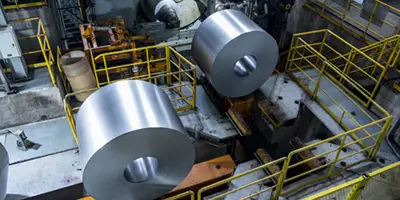
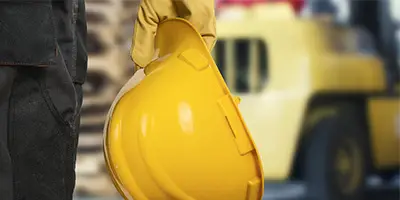
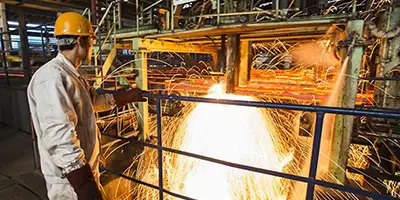
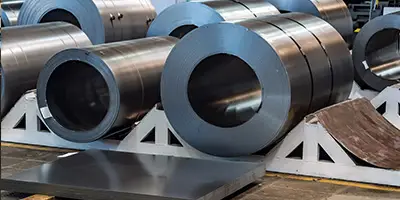

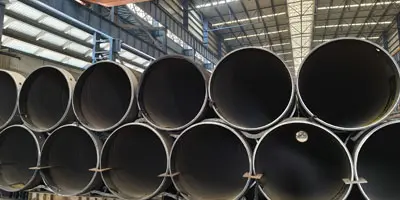

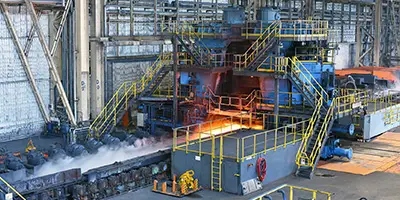
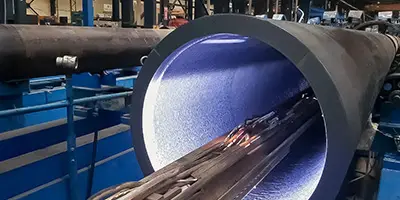
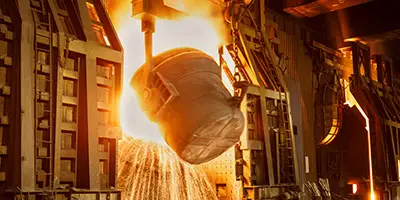
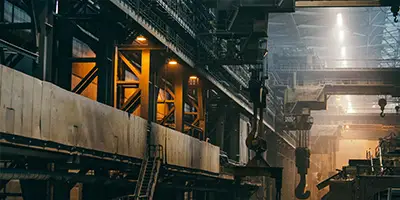
 Phone :
Phone :  Whatsapp :
Whatsapp :  Email :
Email : 


